The Ultimate Guide to the Portuguese Island of Madeira
The alluring destination features fine food and wine served up in absolutely idyllic scenery.
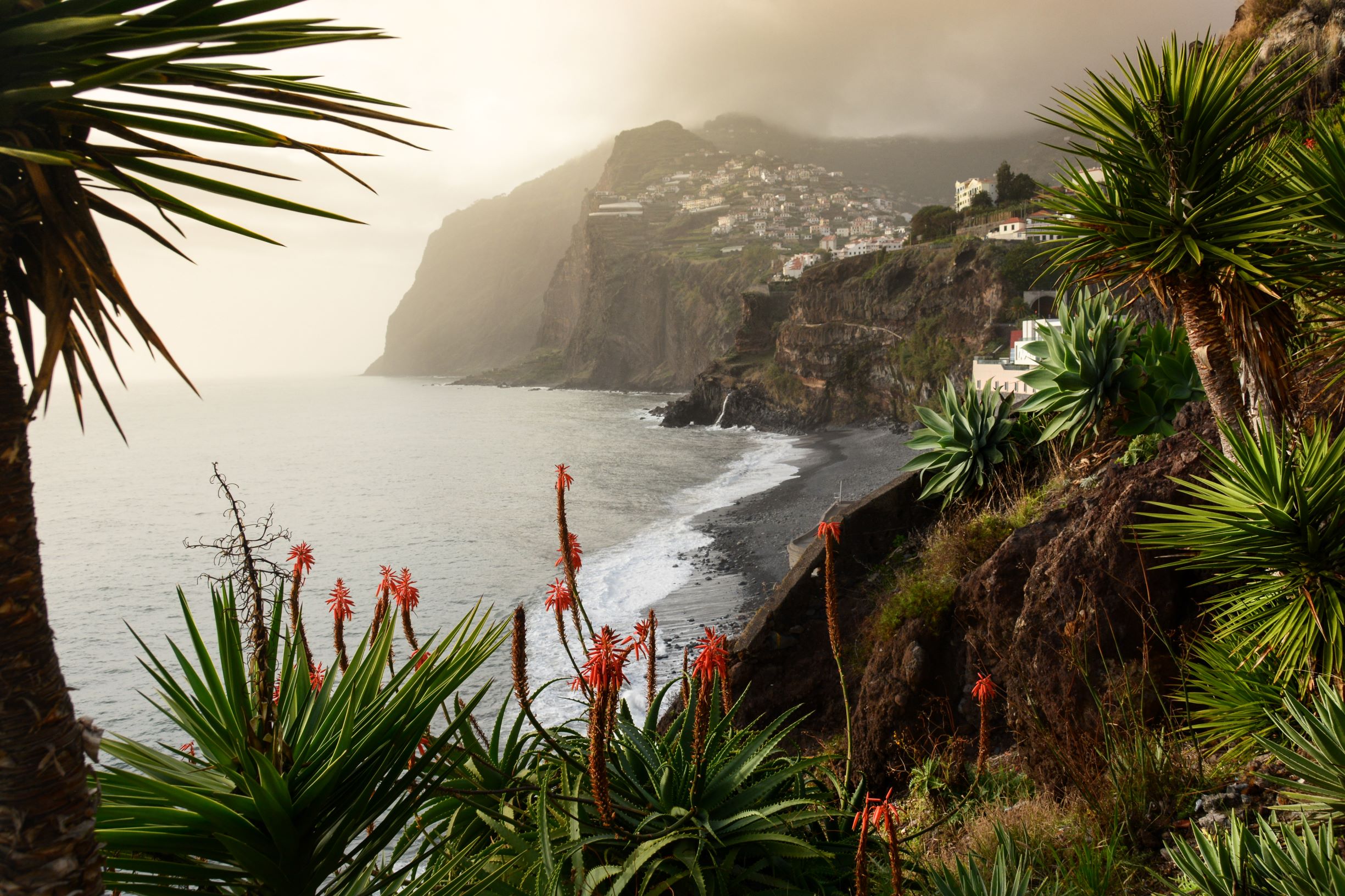
It may be a bit hard to envision at the moment, but we will travel again. And when we do, Madeira awaits—a volcanic gem 400 miles off the coast of Morocco whose remoteness might just be its greatest asset. The Island of Eternal Spring reopened in July to visitors offering idyllic weather year round, ancient traditions and folklore, pampering luxury resorts like the sparkling new Savoy Palace, Michelin-starred restaurants and enough outdoor activities to make Hawaii look redundant. Recently voted Europe’s Leading Island Destination for the sixth time at the World Travel Awards, its relative mystery to Americans only makes it all the more appealing.
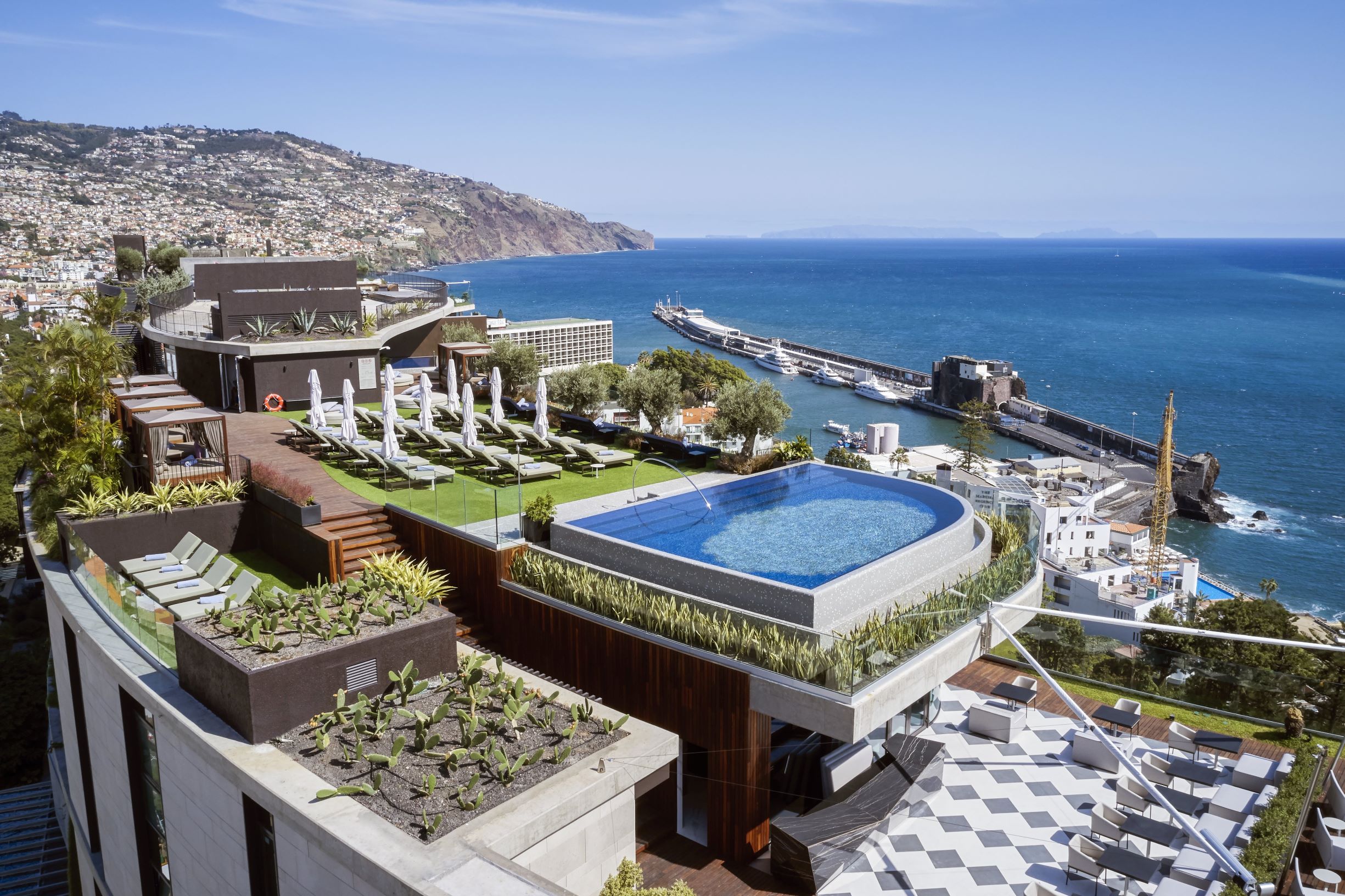
First charted in 1420 by Portuguese ships sailing under the flag of Prince Henry the Navigator, the discovery of Madeira officially marked the dawn of the Age of Exploration. When these sailors arrived the laurel forests were so thick they couldn’t even explore the land mass, so they set “Wood Island” aflame and left, planning to return when the scorched earth would be more manageable. When they returned seven years later however, legend has it the forests were still ablaze. Of course Madeira remains dense with natural grandeur: the UNESCO-protected Laurissilva cloud forest crowning its volcanic peaks forms just a fraction of the two-thirds of the island preserved for conservation.
The island quickly grew in esteem as a hub of Portuguese sugarcane. Its location also made it an ideal starting point for transatlantic journeys. Money poured in and vineyards exploded, earning Madeira’s wines— eau-de-vie fortified for the long cross-ocean voyages—global fame, especially in America. The Founding Fathers toasted the signing of the Declaration of Independence with Madeira wine, as did George Washington on his inauguration; lore claims our first POTUS drank a bottle of the island’s finest every day.
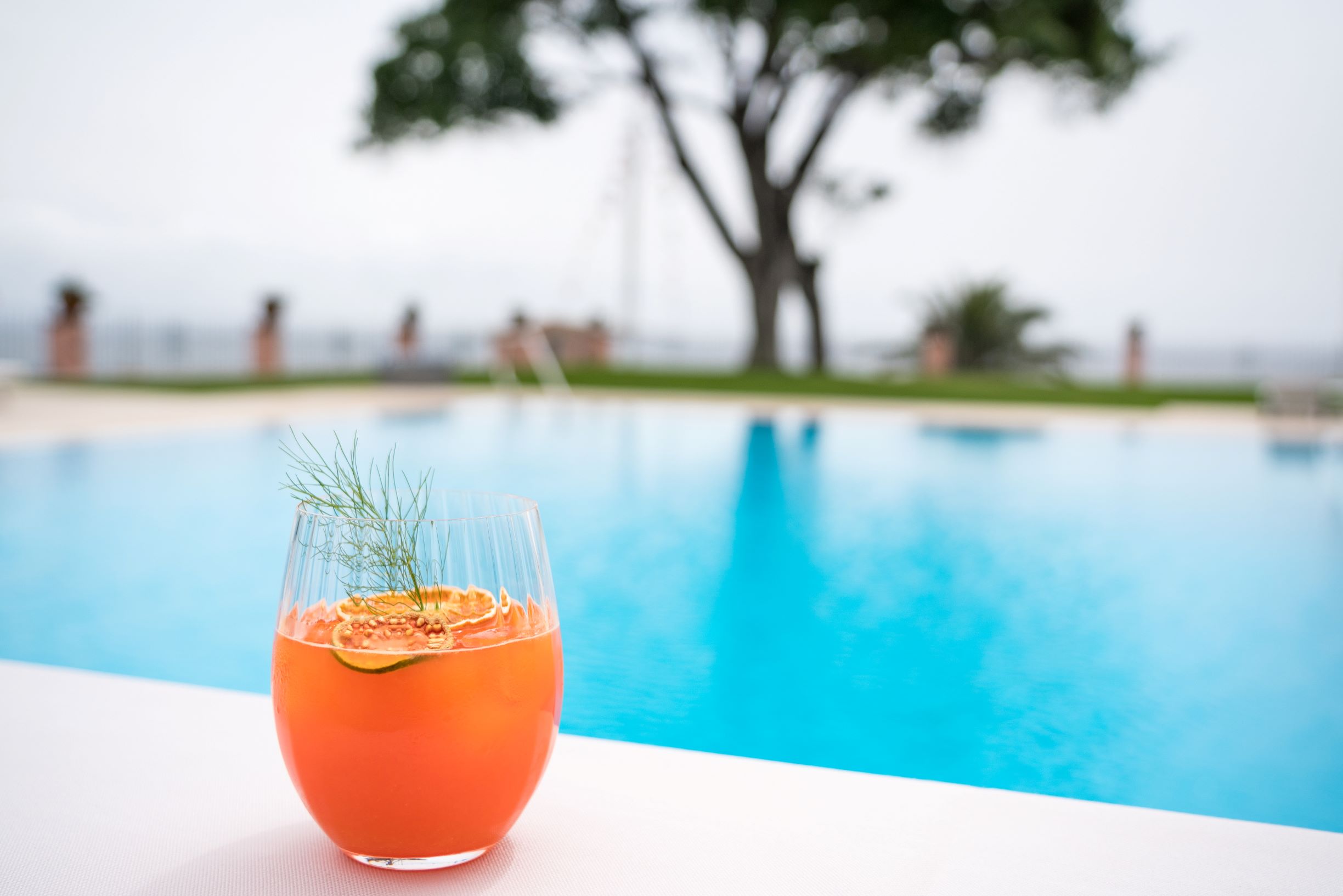
Today Madeira is only just beginning to realize the global attraction of its homegrown wines, as a Madeira Wines Route was just recently organized similar to the structured American Whiskey Trail. Although still in its nascent stages, many stalwart houses like Henriques & Henriques, Vinho Barbeito, Justin’s Madeira, Pereira D’Oliveira and Madeira Wine Company have updated their tasting rooms and/or launched tours. If you spend a couple afternoons visiting Madeira’s far-flung vineyards, it quickly becomes clear these unpolished edges aren’t a detraction, but rather add a layer of authenticity often missing in the all-too-precious Napa experience.
Recently the wines have gained ground in the world of fine spirits where innovative master blenders and distillers have experimented with finishing their wares in Madeira casks—from the superb The Balvenie 17-Year Madeira Cask single malt to Belle Meade Bourbon’s Madeira Cask Finish, not to mention rums from Antigua’s English Harbour and Jamaica’s Worthy Park. These sorts of spirits are extensively played with at the Rhum Bar in the trendy Saccharum hotel on the west side of the island.
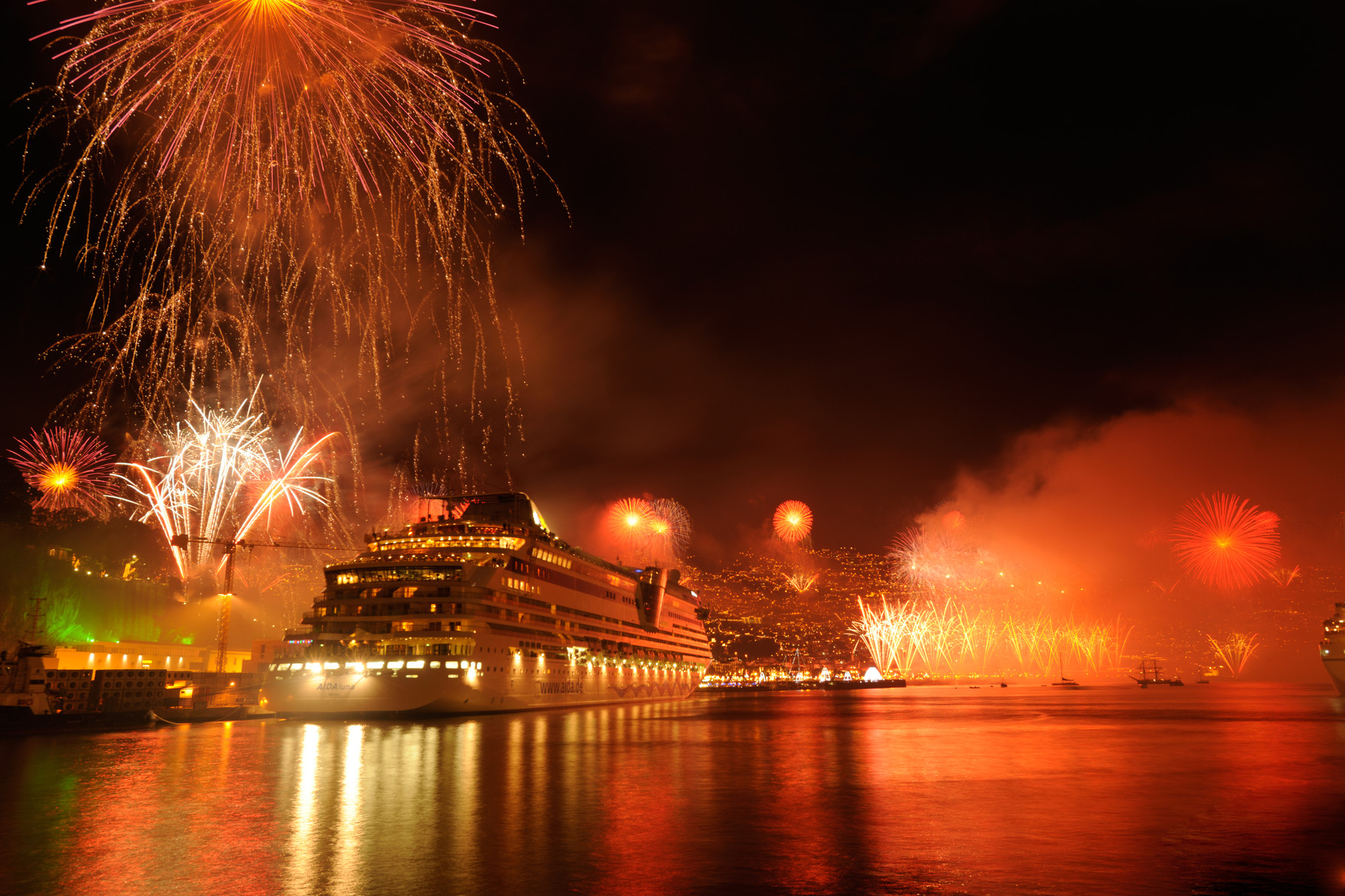
Madeira specializes in dry aperitif wines (Sercial and Verdelho grapes), sweet dessert wines (Bual and Malvasia) and classic digestifs (any of the above, and most common Tinta Negra). But unlike sherry and port, Madeira’s fortified wines are known for lasting years, even decades, after being opened without perishing. Due to the steepness of the terraces on which the grapes are grown (pergola-style across horizontal wires), most are handpicked; and a very small amount are still crushed every year under human foot, although this timely technique is usually saved for a vintner’s single cask offering. Don’t forget to pick up a treasured assortment to bring home as gifts for the oenophiles in your life (and yourself, naturally).
But don’t limit the island’s drinking experience to wine. The local pick-me-up, poncha, is guzzled on the streets of the capital Funchal liberally, lubricating all matter of social affairs from corner bars and afternoon happy hours to religious festivals and family gatherings. Although usually a mixture of aguardente de cana (similar to rhum agricole or cachaça), honey, and fresh lemon juice, varieties are made with all sorts of local juices that fuel the fiesta deep into the morning hours; consider it Madeira’s social petroleum.
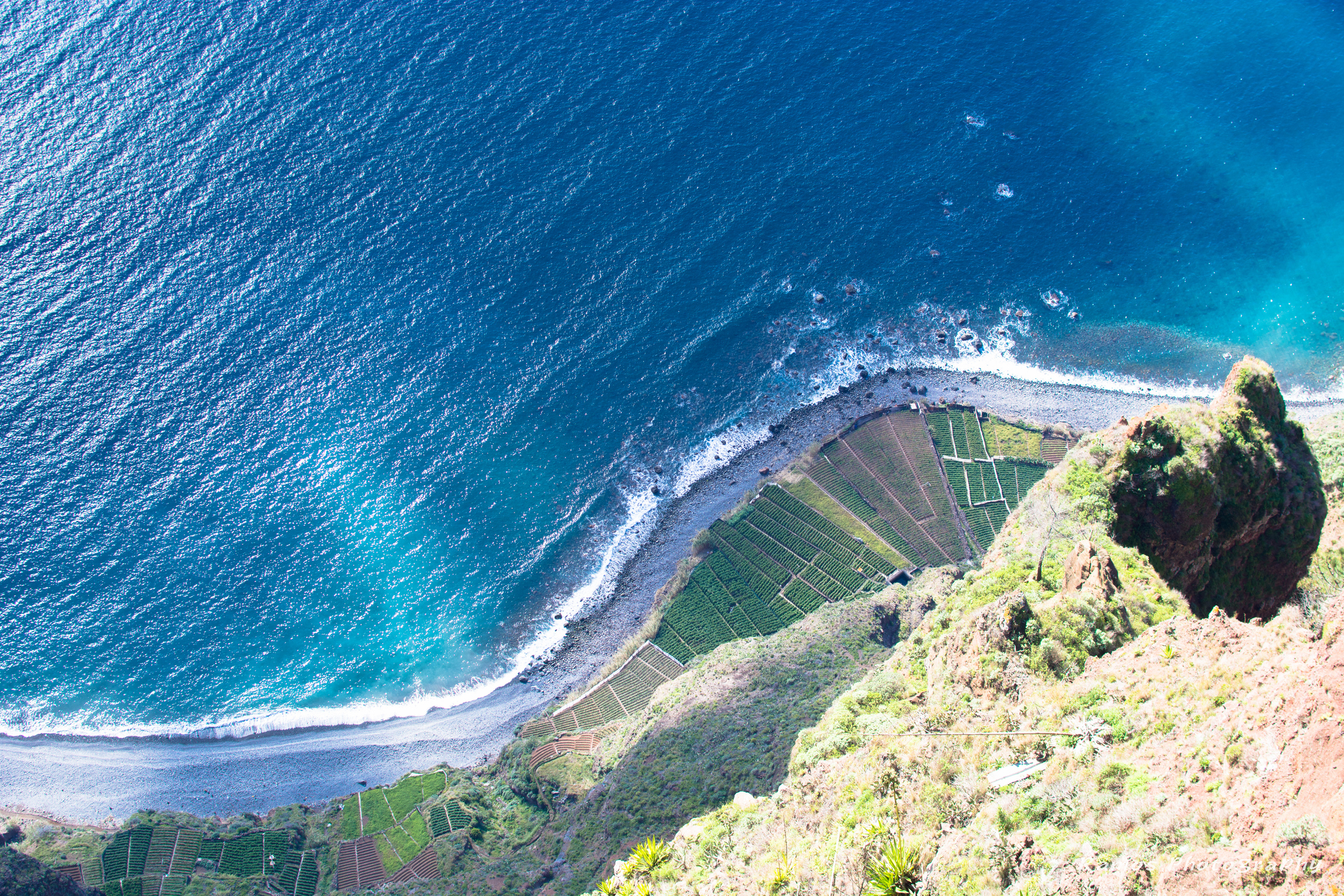
“This haven of natural beauty, our floating garden in the Atlantic, is the place to explore and enjoy a diversity of experiences,” gushes Ricardo Farinha, Chief Commercial Officer for the Savoy Signature hotel collection. “Hidden gems and one-of-a-kind moments await all over the island.”
A proud native, Farinha goes on to list can’t miss destinations in Funchal and the surrounding countryside. Rich needlework craftsmanship, religious holidays, wine and flower festivals, bright gardens and sandy beaches, and delicious local cuisine are highlights. Don’t miss your chance to order bife de atum à madeirense (fresh caught tuna marinated in olive oil, white wine, garlic and oregano) and crunchy milho frito (deep-fried polenta cubes) from one of their Michelin-starred restaurants overlooking the glimmering Atlantic. “The uniqueness of Madeira wine and the beauty of the local embroideries are just the beginning of this story,” Farinha promises.
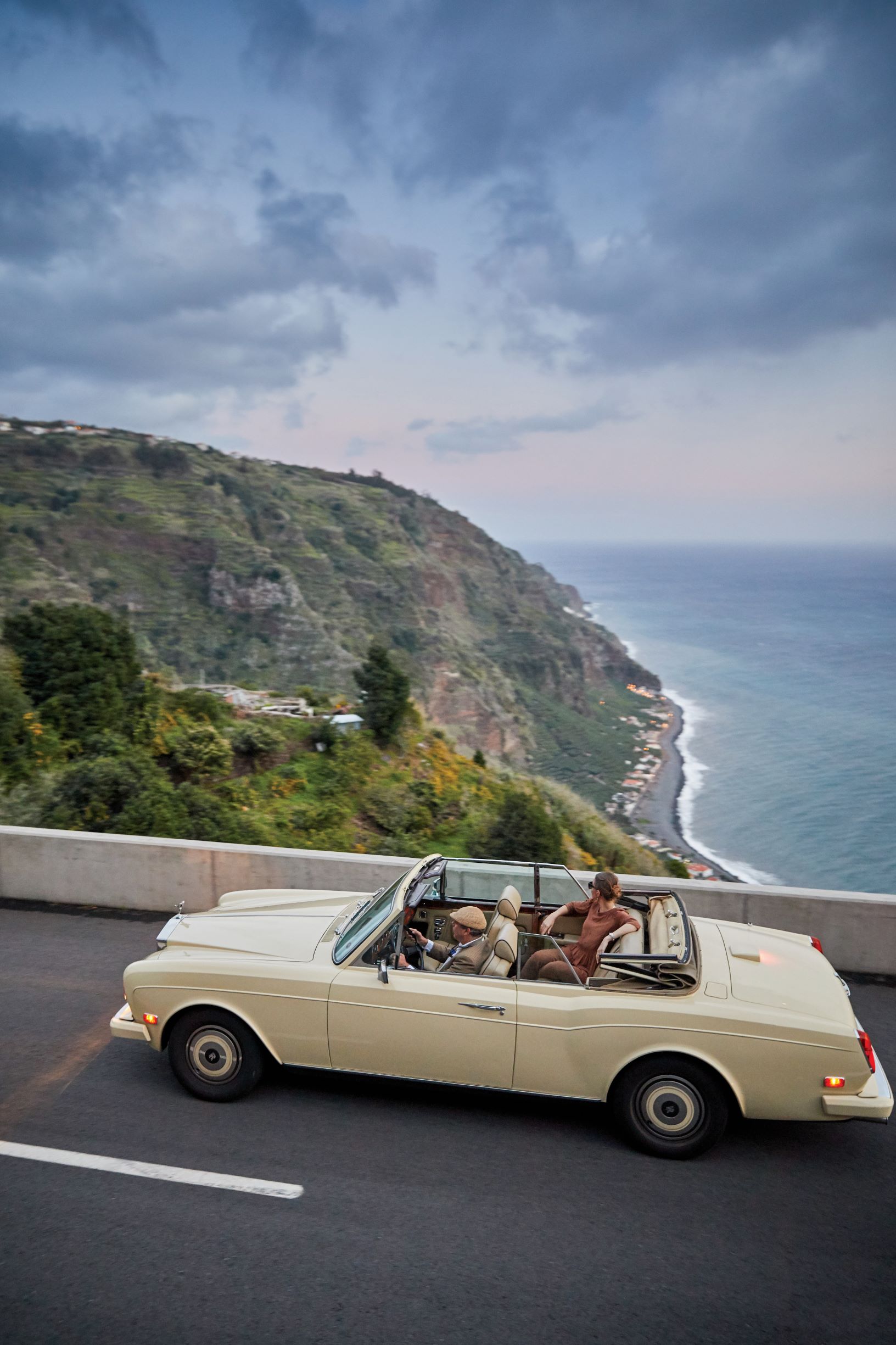
Farinha’s family recently opened the Savoy Palace, the most expensive hotel ever built in Madeira. The spectacular property features the largest pool in a five-star hotel ever built anywhere in Portugal, a shimmering turquoise lake lined in mosaic tiles and framed with gently swaying palms. Behind it the undulating glass hotel rises 17-stories high, appearing like a gleaming static wave set against the mountain backdrop. Some 40,000 plants cascade from walls and line its terraces, blending the Savoy Palace’s glass-and-steel modernism with the island’s natural splendor.
The Savoy is not alone in Madeira’s developing luxury space. The nearby Belmond Reid’s Palace is one of Europe’s grande dame hotels, and the only such example on the island. Named after its intrepid Scottish founder, Reid’s Palace radiates the elevated grace and old-world opulence that only classic 19th-century European hotels can hope to manifest. At the bar, long-tenured Head Barman Luís crafts a menu rich in Madeira wines—including a timeless dry martini that swaps vermouth for 5-year-old Sercial. William Restaurant, the hotel’s recently redesigned white tablecloth restaurant, is headed by Luís Pestana, the first Madeira-born chef to earn a Michelin star. Chef Luís uses ingredients from a small local farm including microgreens and edible flowers to meticulously accompany the locally caught seafood— consider the scallop carpaccio, fresh langoustines or an aromatic open lobster ravioli when available.
Nearby the group behind The Cliff Bay opened a new hotel, Les Suites at The Cliff Bay— 23 new luxury suites set in manicured gardens with views of both the Atlantic and the bay of Funchal. Its new dining concept Avista joins Il Gallo d’Oro, one of only seven two-Michelin-star restaurants in all of Portugal, as another must-visit while on the island. Il Gallo d’Oro’s chef Benoît Sinthon insists on using the island’s freshest shellfish and produce as the centerpiece to his modernized Iberian fare, like a foie gras trilogy and caldoso da costa madeirense, a savory fish cioppino.
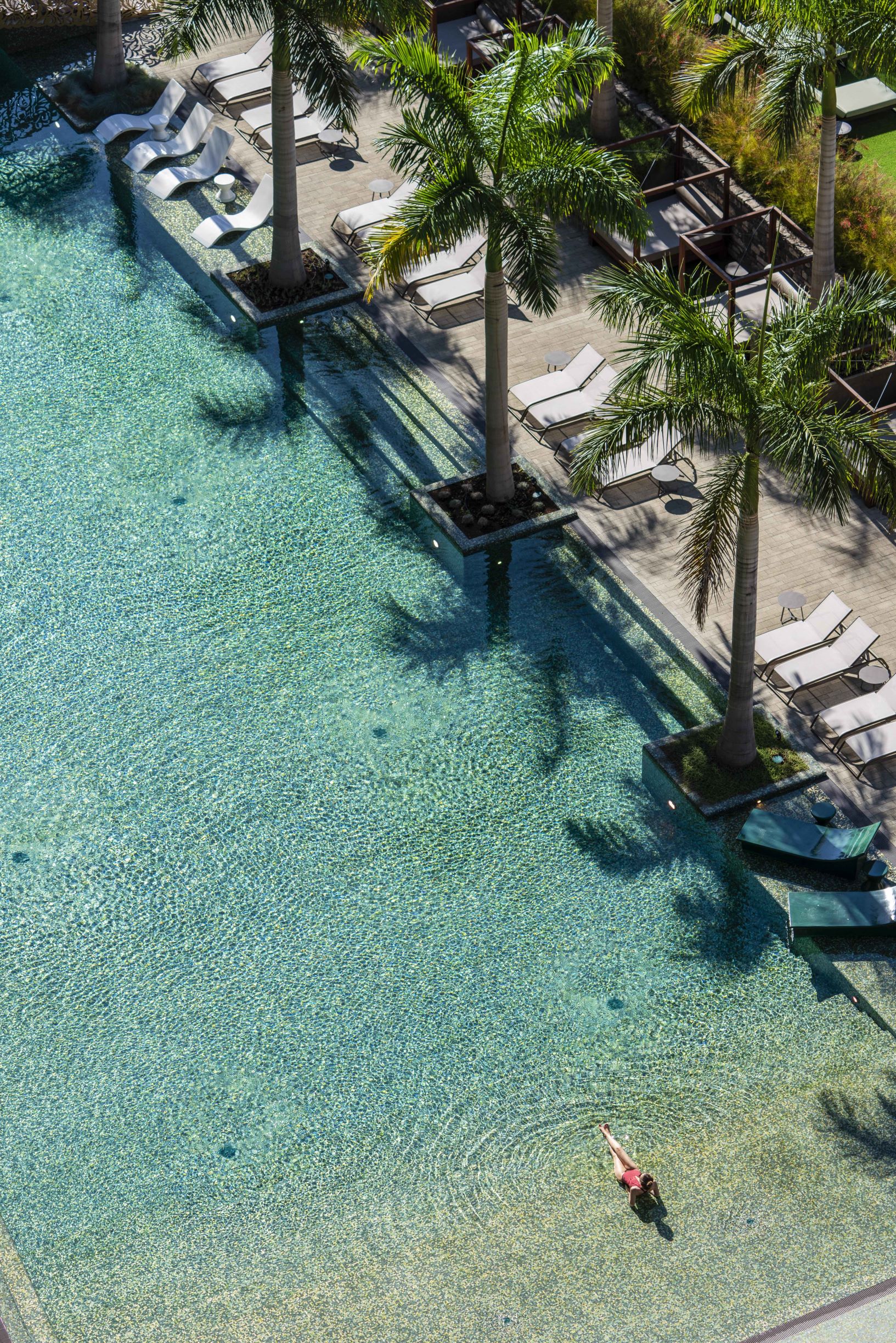
Sinthon strongly recommends all gentlemen wear a jacket or tie in his dining room. Touches like these, and his private candlelit dinners for two, reflect the sort of old-world European sophistication you find throughout the Island of Eternal Spring—one we might often feel nostalgic for in American flip-flop culture.
Savoy Palace Premium Experience
While the Savoy Palace is unequivocally grand — top hat-wearing valets greet you at the door, opening onto a cavernous marble lobby framing a chandelier made of almost four miles of bronze chain — Ricardo Farinha ensures the family-owned hotelier provides a hands-on, boutique vibe. The white-glove Savoy Premium Experience begins immediately upon arriving at the airport, where you are picked up in a gleaming BMW 7-Series. Guests of the 48 suites receive exclusive access to the two-floor Jacarandá Lounge and private sundeck, while their 14 Pool Suites feature private balcony pools for added privacy. The crown Presidential Suite makes the perfect destination to spend New Year’s Eve, where Madeira boasts a Guinness Record fireworks displays that make it one of the world’s ideal spots to welcome in the New Year. Soccer legend and hometown hero Cristiano Ronaldo (they even named the airport after him) throws a lavish, celebrity-studded soirée by the bay every year.
Outdoor Sporting + Wellness
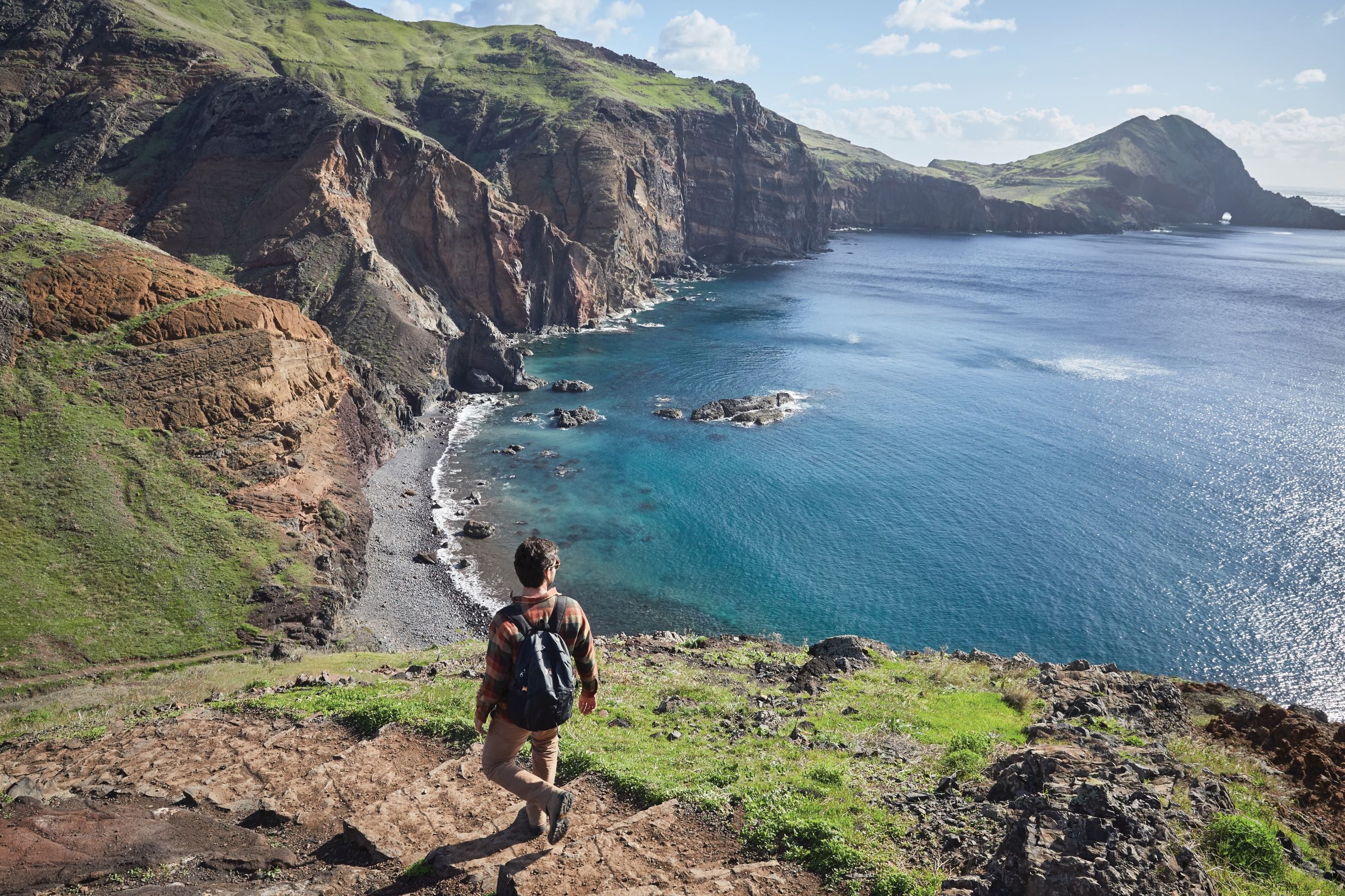
To irrigate the wineries and sugar cane fields Madeirans built a complex network of canals that spread like capillaries across 1,300 miles of vertiginous landscape. Dating as far back as 1439, these Levadas took centuries to hand-carve from stone and supply water to every single landowner on the island. They spread from Pico do Arieiro, the highest point on the island (6,100 feet), to the shimmering coast — across lush forests, verdant meadows and craggy peaks dotted with African tulip trees. Nearly every levado rewards the hiker with breathtaking vistas over rolling valleys, breakers crashing against cliffs, and/or sunsets of impossible breadth and hue.
The Levadas are arguably Madeira’s most singular attraction, providing the island with a famous network of paths that have evolved far beyond hiking. In the past decade Madeira has elevated into one of the most desired mountain biking destinations on the planet, its lofty terrain and treacherous elevation changes transforming it into a Mecca for trail running, canyoning, paragliding and Iron Man-level triathlons. Almost 100 cycling routes spiderweb across the island, ranging from 1.5 miles to the extreme 121.19-mile Madeira Mountain Challenge.
“It’s the diversity of nature, what we call five continents in the same place,” answers Vadim Semjonov when asked what makes Madeira special for outdoor enthusiasts. His company 2MADEIRA.COM began with swimming but has grown to promote all level of sports tourism. “Though from the first look the island is tiny on the map, when you get here it appears differently,” he continues, noting the virginity of the nature, lack of mass tourism and vast array of shepherd paths and levadas. “At any location of the island you can stop and admire the beauty of Madeira, or simply relax and meditate.”
You don’t have to be a landlubber to appreciate Madeira’s charms, either. There’s yachting, sports sailing and day trips to the heavily protected Desertas Islands, home of the rarest seal on Earth. And as the world record holder for blue marlin, Madeira attracts game fishers from across the globe — including many eager American anglers.
